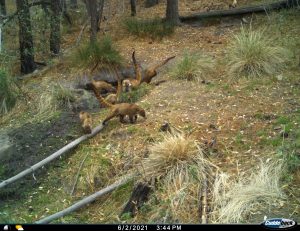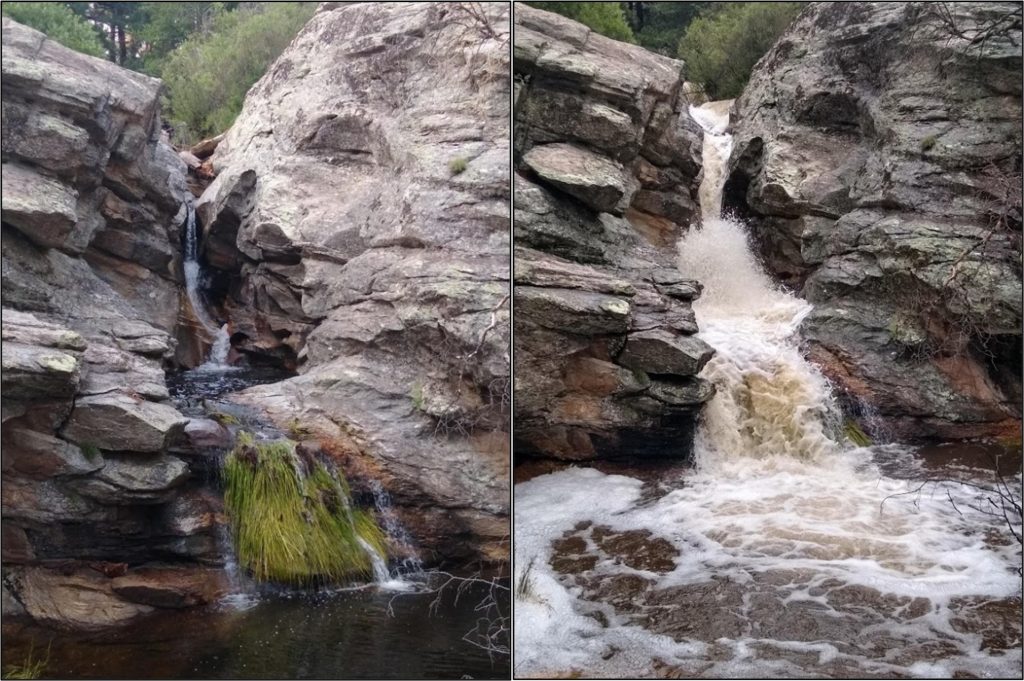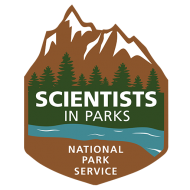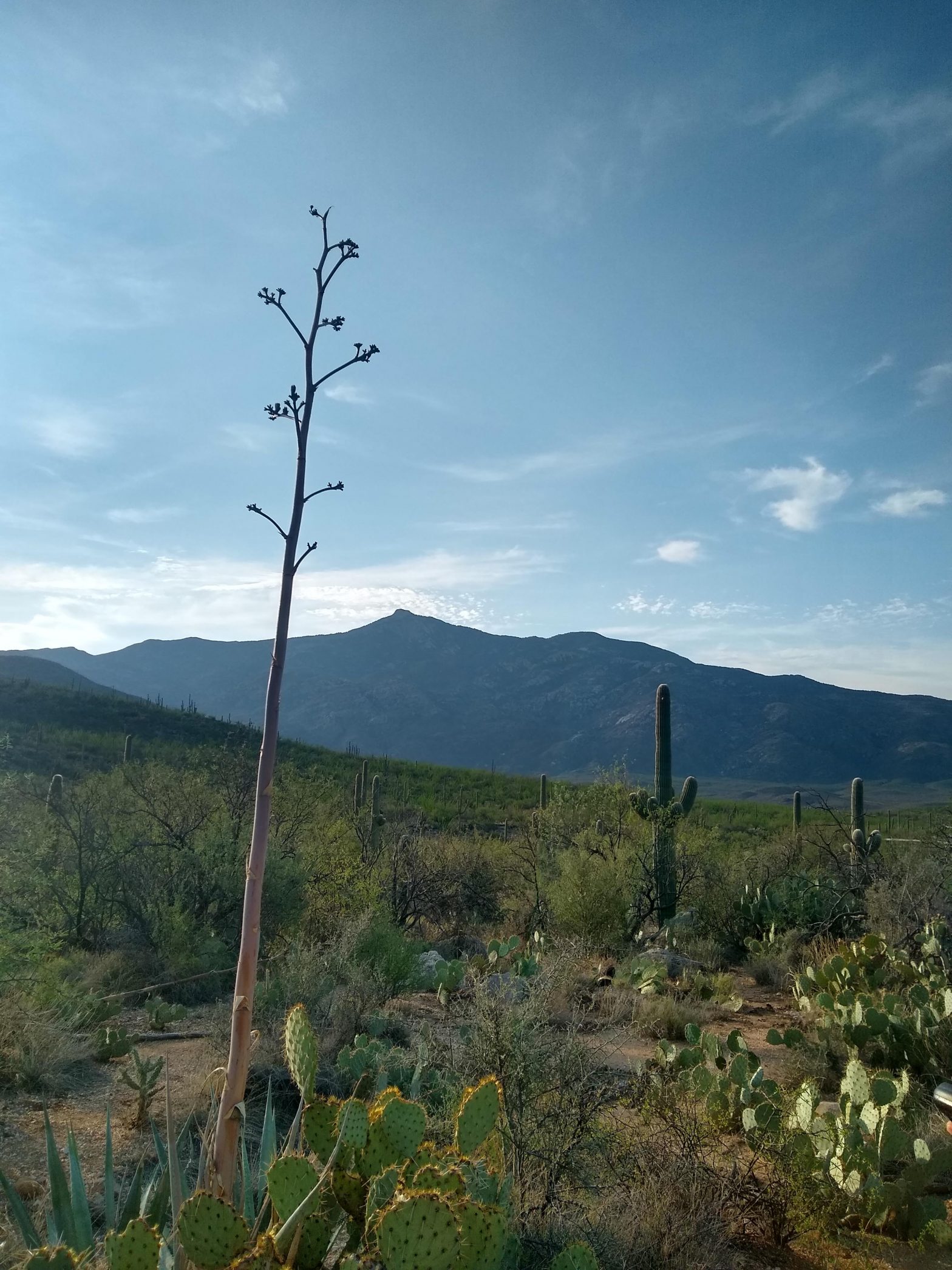
After 3 months of backcountry field work, 5 trips into the mountains, and almost 250 total miles, my time at Saguaro National Park ends this week. This internship has been mostly field-based; we have been dutifully monitoring the springs and checking the trail cameras, but now is when we really get to see the fruits of our labor. Wrapping up this project this week means office work. Data management and report writing is often the behind the scenes work that makes the most difference, as the data reported this year impacts how the springs may be studied and managed next year.
This season, we had 23 cameras spread across 12 monitoring sites (10 springs and 2 ephemeral drainages) to study wildlife use of these water sources. The cameras were recording for a total of 512 camera nights (a measurement of effort across all the cameras). From that effort there were roughly 6000 identifiable photos and videos captured in the last 3 months.

White-tailed deer (Odocoileus virginianus) were the most frequent visitors, and often hung around the longest per visit too. We also captured many photos and videos of black bears (Ursus americanus), which often made for the most charismatic videos. At first, there where sites where bears would tear down the cameras almost immediately after we put them up, being inherently curious about anything new in their environment. While the most common visitors to springs tend to be some of the most abundant animals in the environment, we were also able to capture good footage of an endangered species as well.

Mexican spotted owls (Strix occidentalis lucida) have been monitored by the park via call/response surveys for a while now, and we were able to observe them visiting three separate springs this summer, providing useful extra observations outside of the normal surveys. We got a lot of great footage and photos, and were able to learn a lot about how wildlife use of the springs change through the season, especially after record rainfall in the month of July dramatically reduced the number of detections at springs.
I also got to experience the epic extremes in seasonal variation. We started the season having to meet at 5 AM to beat the heat going up into the mountains on a hitch, only to come down to 112° F in the valley. At the beginning, several of our springs were already dry and it was so dry on the mountain that the thought of monsoon season brought both hope for a reprieve and fear of lightning strikes lighting the whole range up before any rain can make a difference. However, after 3 years of failed monsoons, July was the wettest on record for the Rincon mountains. The mountain and desert came back to life. So much so that rain became a problem. We then had to time field work right that we wouldn’t be caught out in thunderstorms and flash floods and delayed the last trip home on account of high-water crossings over the trails. Though logistically challenging, this aspect of the season was my favorite. It was so rewarding to see the vegetation green up and the drainages, waterfalls, and springs that had been dry all summer start flowing and began to recharge. From a desert rat’s perspective when rain returns to the desert it truly is magical. This was such a rewarding project to be a part of an I am fortunate to live in Tucson, where my experience with this landscape does not have to end, but I will miss working at the park with great people that I am truly fortunate to now call my friends.


